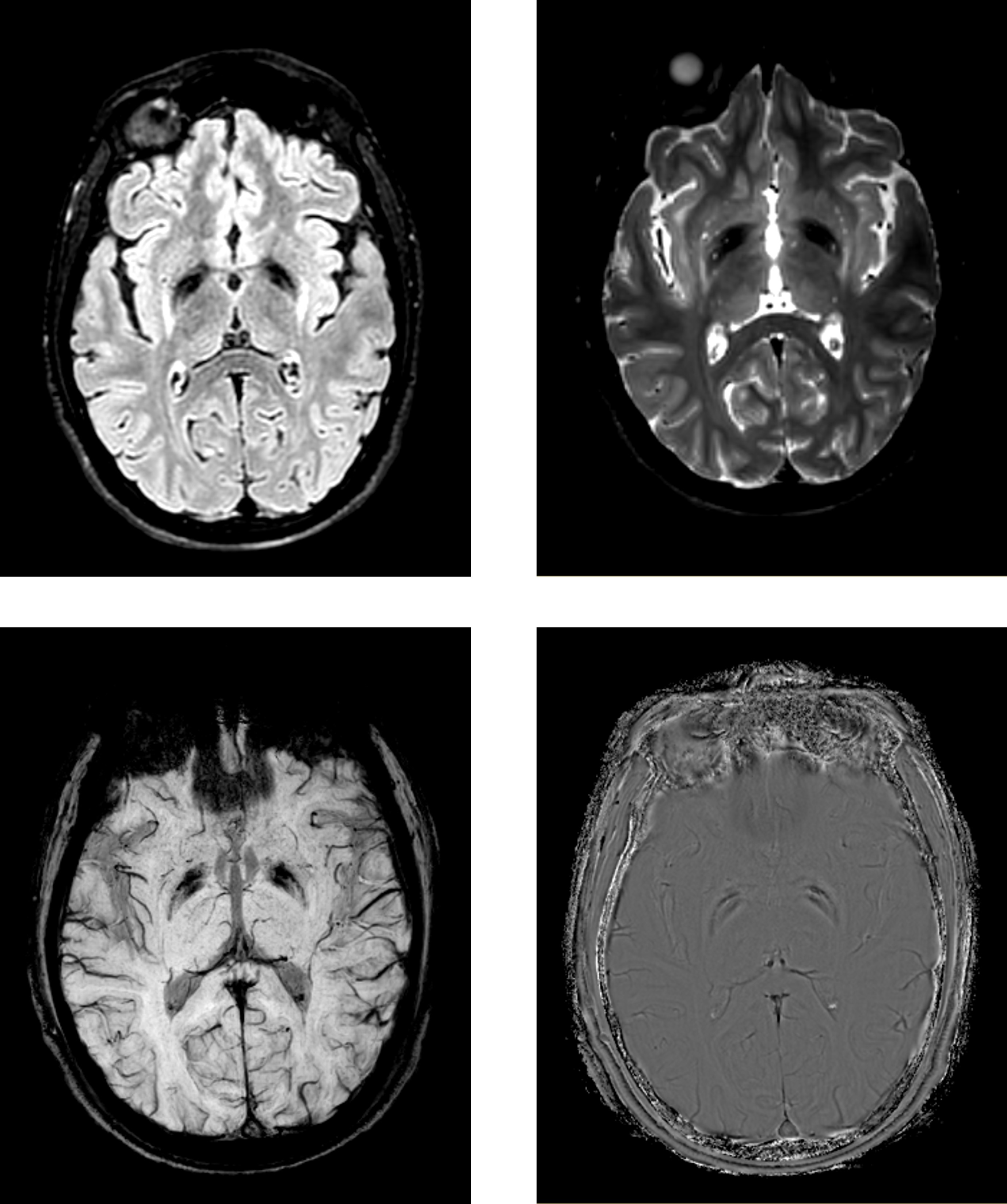Objective: To describe a family with dystonia and spondylo-epiphyseal dysplasia
Background: Childhood onset Generalized dystonia is usually associated with genetic causes.
Method: We present a family in which 3 siblings were affected with generalized dystonia.
Results: Case description
Along with dystonia, the children had a short stature, coarse facial features and also had hypotonia with hyperreflexia. Our index patient had a height of 150 cm and an arm span of 174 cm.
Imaging revealed iron deposition in the basal ganglia, with a linear T2/FLAIR hyperintensity in the globus pallidus, suggesting a NBIA spectrum disorder.
Whole exome sequencing revealed a compound heterozygous mutation in the GLB1 gene. His urinary tandem mass spectrometry was consistent with Mucopolysaccharidosis Type IV.
Conclusion: Discussion
GM1 gangliosidosis and Mucopolysaccharidosis Type IV are two different phenotypic presentations of beta-galactosidase 1 deficiency, a lysosomal hydrolase, due to autosomal recessive mutations in the GLB1 gene.
The defective storage of keratan sulfate presents with a mucopolysaccharidosis IV phenotype (Morquio B disease) while GM1 gangliosidosis presents with neurovisceral manifestations if there is defective hydrolysis of gangliosides, lactosylceramide, asialofetuin, oligosaccharides carrying terminal β-linked galactose and keratan sulfate. Morquio Type B disease is associated with spondyloepiphyseal dysplasia of the spine and long bones. While the GM1 gangliosidosis presents with dystonia, ataxia, cognitive impairment and may be associated with visceromegaly.
Conclusion
This is the first reported case in literature with both skeletal and neurologic manifestations. It is also worth noting that the patient also had imaging consistent with NBIA spectrum disorder, however none of the mutations associated with NBIA were found on whole exome sequencing.
To cite this abstract in AMA style:
A. Elavarasi, A. Anand, A. Garg, K. Garg, M. Singh, M. Tripathi, D. Vibha, R. Singh. Compound heterozygous mutation of the Beta galactosidase 1 gene presenting with familial dystonia and spondylo-epiphyseal dysplasia [abstract]. Mov Disord. 2022; 37 (suppl 2). https://www.mdsabstracts.org/abstract/compound-heterozygous-mutation-of-the-beta-galactosidase-1-gene-presenting-with-familial-dystonia-and-spondylo-epiphyseal-dysplasia/. Accessed December 1, 2025.« Back to 2022 International Congress
MDS Abstracts - https://www.mdsabstracts.org/abstract/compound-heterozygous-mutation-of-the-beta-galactosidase-1-gene-presenting-with-familial-dystonia-and-spondylo-epiphyseal-dysplasia/

